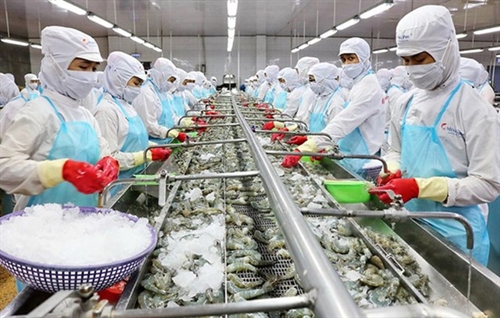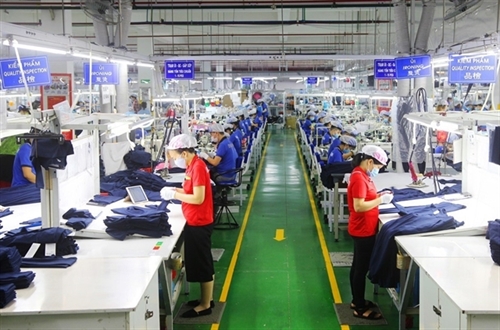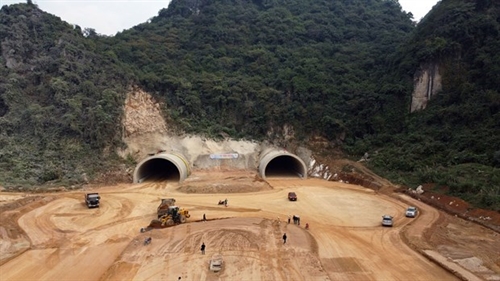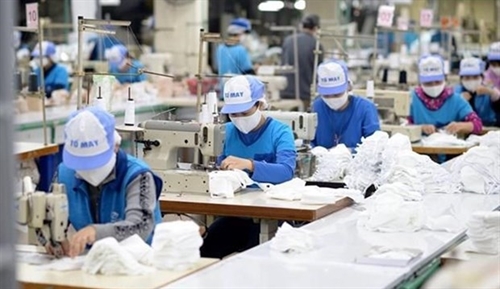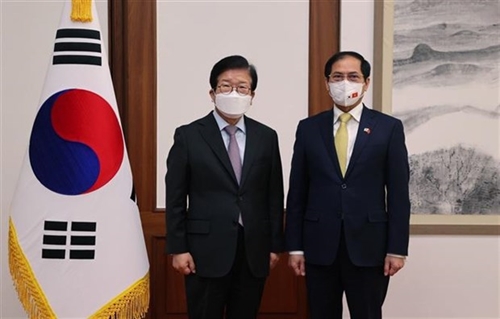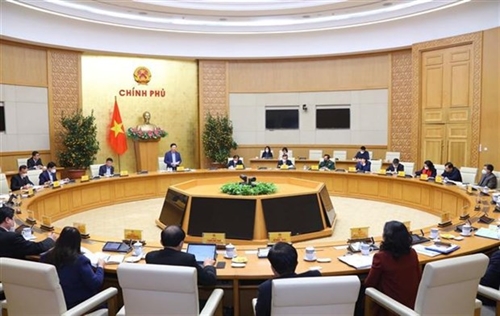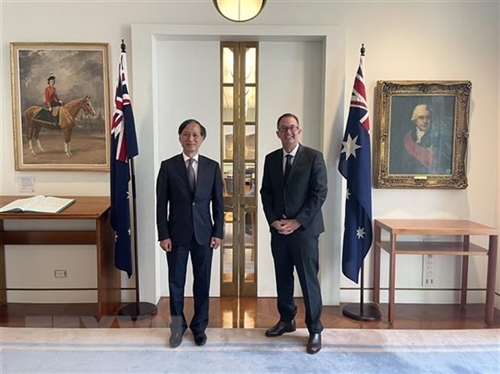The Law on Environmental Protection 2020 came into effect early this year. In order for the new policies to be effective, lawmakers and management agencies have carefully prepared related issues, especially building a proper system of legal documents. Nguyen Hung Thinh, Deputy Director of the General Department of Environment under the Ministry of Natural Resources and Environment talks to Tai Nguyen & Moi Truong (Natural Resources and Environment) newspaper about this issue.
 |
| Nguyen Hung Thinh, Deputy Director of the General Department of Environment under the Ministry of Natural Resources and Environment.__Photo: baotainguyenmoitruong.vn |
The Law on Environmental Protection in 2020 has made many breakthroughs, requiring high criteria for the building of relevant legal documents. In order for the law to be implemented effectively, how has the Ministry of Natural Resources and Environment developed guiding documents/instructions for the law?
After the Law on Environmental Protection in 2020 was passed, the Ministry of Natural Resources and Environment was assigned by the Government to develop three related decrees, including one with details of the implementation of a number of articles of the Law on Environmental Protection, one on reducing mitigation of greenhouse gas emissions and protection of the ozone layer, and one on penalties for administrative violations in environmental protection.
There are also two circulars related to the detailed content of the Law on Environmental Protection and on a number of articles related to responding to climate change.
The Ministry of Natural Resources and Environment and related units have mobilized and made great efforts in drafting documents detailing the implementation of the law. In the process of developing the documents, we also consulted carefully all stakeholders and especially experts, scientists, managers, localities’ experiences so that the enforcement of the law goes in line with the reality.
Up to now, there have been two important decrees issued. These are Decree No. 06/ND-CP on mitigation of greenhouse gas emissions and protection of the ozone layer and Decree No. 08/ND-CP detailing a number of articles of the Law on Environmental Protection.
The Ministry has also issued two circulars: Circular No. 01/2022/TT-BTNMT detailing the implementation of a number of articles of the Law on Environmental Protection in response to climate change; Circular No. 02/2022/TT-BTNMT detailing the implementation of a number of articles of the Law on Environmental Protection.
These documents have ensured the necessary regulations and guidelines to implement the Law on Environmental Protection.
Decree No. 08/ND-CP has institutionalized administrative procedure reform issues, especially those related to licensing. What can you tell us about these regulations?
The Law on Environmental Protection 2020 has shown a strong determination to reform administrative procedures through the integration of many permits into the Environmental Permit. For the first time, we have included environmental criteria to classify environmental projects and apply synchronous management tools for construction, design, implementation and operation of the project.
In the past, project owners needed to acquire environmental impact assessments, and certificates of environmental protection tasks, now they only need to complete one procedure, an environmental permit.
When developing a decree detailing a number of articles of the Law on Environmental Protection 2020, the simplification of administrative procedures in environmental impact assessment and environmental permits has always been a focus for us. That includes the simplification in dossier requirements, according to which paperwork can be completed under the inter-procedural mechanism (so that businesses, organizations don't have to hand in the same documents for different procedures).
Regarding the processing time for administrative procedure dossiers, the Law stipulates a maximum time limit of 45 days for the granting of ministerial-level environmental permits. In this decree, the time limit is more clearly divided by target group (group 1, group 2, group 3). In particular, for those in group 3, requirements on licensing proposals, order of procedures, receipt, handling and settlement of dossiers will be much simpler than that of group 1 and group 2 projects.
An issue that many are concerned about is that people will have to classify waste at source and pay the cost of waste treatment by volume. Can you be more specific about this?
The Law on Environmental Protection 2020 introduces a major change in the way domestic waste is managed. If in the past, we collected the household waste fee based on the average household or per capita, now the fee collection will be calculated based on the volume of household waste. This is also a mechanism to promote waste classification at source.
According to regulations, waste will be classified into three categories: recyclable waste, food waste and residual waste. To implement this mechanism, the Law also stipulates that waste collectors have the right to refuse to collect waste if not properly classified.
At the same time, it specifies the responsibilities of political and social organizations in monitoring the implementation of domestic waste classification. All these efforts are made in order to bring the Law into life and to build a greener, cleaner environment.
I think this is one of the regulations that will contribute to promoting and strengthening the effective collection and treatment of domestic solid waste in Vietnam. It can also limit the importation of scrap from abroad to use as raw materials for production.
What recommendations do you have for ministries, localities, organizations, individuals and businesses in implementing the new law?
In order to ensure that the Law on Environmental Protection is implemented effectively there are some main tasks that must be focused on.
We have to focus on promoting the dissemination of new contents of the law to managers, individuals, citizens and businesses so that all stakeholders can access and better understand the provisions of the law.
In addition to urgently developing detailed regulatory documents, environmental agencies also need to consult sources to issue specific documents in their specific sub-industry.
We also need to focus on implementing well the settlement of administrative procedures on environment protection for people and businesses, ensuring continuity and synchronization. The environment industry needs to strengthen inspections and examination activities with subjects of the law to ensure strict control of environmental problems that may arise.- (VNS/VLLF)
| The 2020 LEP introduces the concept of circular economy through fostering extended producer responsibility (EPR) policy, highlighting the responsibility of producers and importers to recycle products and packaging. Following this, the government issued Article 54 and Article 55 which details requirements on collection, disposal, and recycling of waste products, plastic waste, and others. Article 54 provides that producers and importers of products and/or packages with recycling value are responsible for collecting them for post-use recycling at the obligatory recycling rates. This applies to both recyclable products and packaging, and waste treatment. Article 55 states that “Organizations and individuals producing and/or importing packages, containing toxic substances, which are hardly recyclable or impede the collection and treatment, shall pay financial contributions to support daily-life solid waste treatment activities.” |

